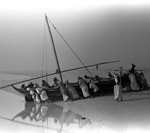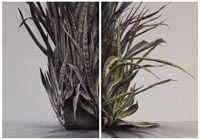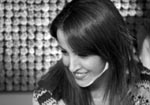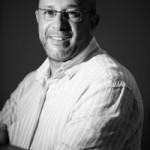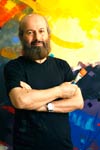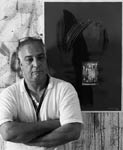 David Paskett studied at Hornsey, Exeter and Liverpool Colleges of Art. Elected to the RWS n 2001, he became Vice-President in 2007, and served as President from 2009 to 2012.
David Paskett studied at Hornsey, Exeter and Liverpool Colleges of Art. Elected to the RWS n 2001, he became Vice-President in 2007, and served as President from 2009 to 2012.
David has been visiting China since 1986, sourcing subjects for his paintings. Now he has a following in China he is regularly asked to judge, lecture and exhibit there. While David is known primarily for his precise tonal and personalized realism, abstract imagery and spirited linear drawings are also an integral part of his oeuvre. David lived in Hong Kong from 1986-1990 and exhibits there annually. He has also been Artist in Residence at the Pitt River’s Museum, Oxford and has published a limited edition book ‘ A Vision of China’.
He has won several awards for painting and his work is in many Collections in the UK and China including HM Queen Elizabeth The Queen Mother; Standard Chartered Bank, Freshfields, Hargreaves Lansdown and The Hong Kong Jockey Club
